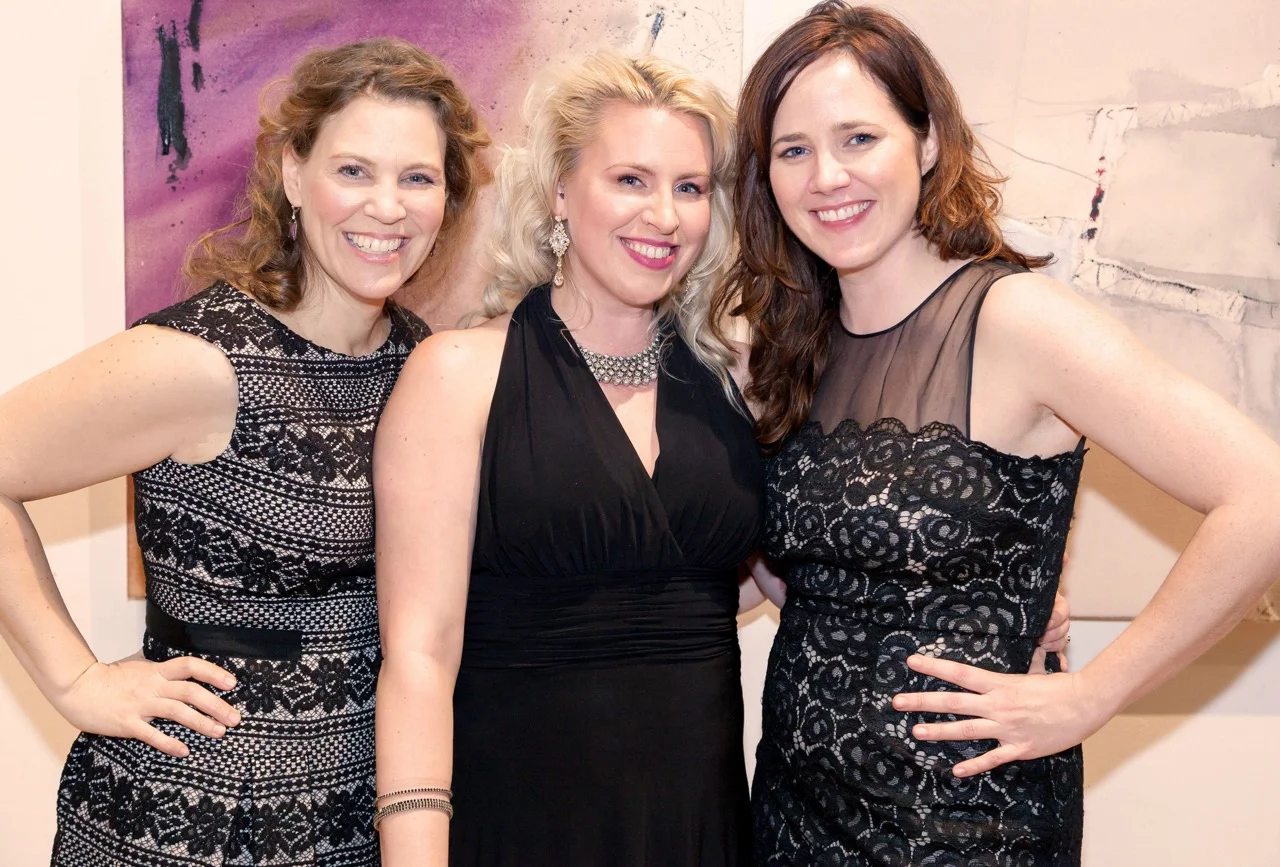In Northern Italy, the singing women were a secret, advertised only to a select circle of noble auditors. They were Sirens. They excelled at the late Renaissance ideal of “sprezzatura”, the artful nonchalance of performing very difficult tasks with apparent ease.
Read MoreFounded in 1580 by the Duke of Ferrara, the Concerto delle Donne was an institution that revolutionised women’s role in music-making. For the first time an all-female ensemble had a professional position in secular society and an outlet for their virtuoso talents. On ‘The Secret Lover’, American early music ensemble Tenet pay homage to their musical ancestresses in a programme of music by Strozzi, Kapsberger, Caccini and Rossi.
Read MoreThere are 18 items here, nos 1, 4, 7, 9, 14 & 16 being instrumental. It is an excellent anthology, mostly from the first half of the 17th century, though the earliest is Diego Ortiz from 1553, the ground bass surviving well into the 17th century. The music is more-or-less equally divided between the voices, and they sound well. Barbara Strozzi is the outstanding composer, with support from Caccini, d’India, Luigi Rossi and Mazzocchi. Do buy it.
Read MoreNew York’s Tenet ensemble here celebrates “music by, for and about women” in the context of the concerto delle donne, a virtuosic female vocal trio established by Duke Alfonso II of Ferrara in 1580.
The music of Barbara Strozzi and Francesca Caccini (credited as the first woman to write an opera) here rubs shoulders with the work of their male contemporaries, with the 21st-century compositional voice of Caroline Shaw providing a link across the centuries.
Read More"This album focuses on music of the Concerto delle Donne, a revolutionary (because of their gender) group of female professional musicians who sang and played in the court of the Duke of Ferrara in the late 16th century. Much of the music here is also by women, notably the gifted composer-singer Barbara Strozzi (1619-1677). Along with some instrumental selections, there are love songs, laments and a cheery little number with the refrain, 'Bisogna morire,' 'We all must die.' ..."
Read More"The New York-based early music group offer a luscious programme dominated by the 17th-century female composers Barbara Strozzi, whose L’amante segreto provides the collection’s title, and Francesca Caccini. A new work, Caroline Shaw’s Dolce cantavi, sits well here..."
Read More'The Secret Lover'
By Zachary Woolfe, The New York Times
Constructed in Italian Renaissance style in the early 20th century, the intimate library at the Fabbri Mansion on the Upper East Side, now the House of the Redeemer, was an apt setting for “The Secret Lover,” a charming performance on Saturday by the creative, ambitious early-music group Tenet.
Read MoreThe highlight of this season’s Grand Tour was a performance by the vocal ensemble TENET, one of the city’s liveliest and busiest early-music groups. The setting was Gallery 621, which features Caravaggio and like-minded artists. The room is dominated by sombre classical and religious scenes: the self-flagellation of St. Dominic, by Tarchiani; the Dormition of the Virgin, by Saraceni; a tense exchange between Sts. Peter and Paul, by Ribera; and, most memorable, Caravaggio’s naturalistic imagining of Peter’s denial of Christ, in which the saint looks befuddled and his accuser triumphant. There are no musical references in this gallery of pictures, at least in its current configuration. (An exhibition in a neighboring gallery, entitled “Painting Music in the Age of Caravaggio,” displays Caravaggio’s mischievous early canvas “The Musicians,” in which a trio of scantily clad neo-Grecian youths tune their instruments and study a score while a Cupid figure busies himself with a bunch of grapes.) Instead, the music of Gallery 621 is largely one of color: the red of Paul’s tunic, in the Ribera, emerges from a dark background like a tone from silence.
Read More







